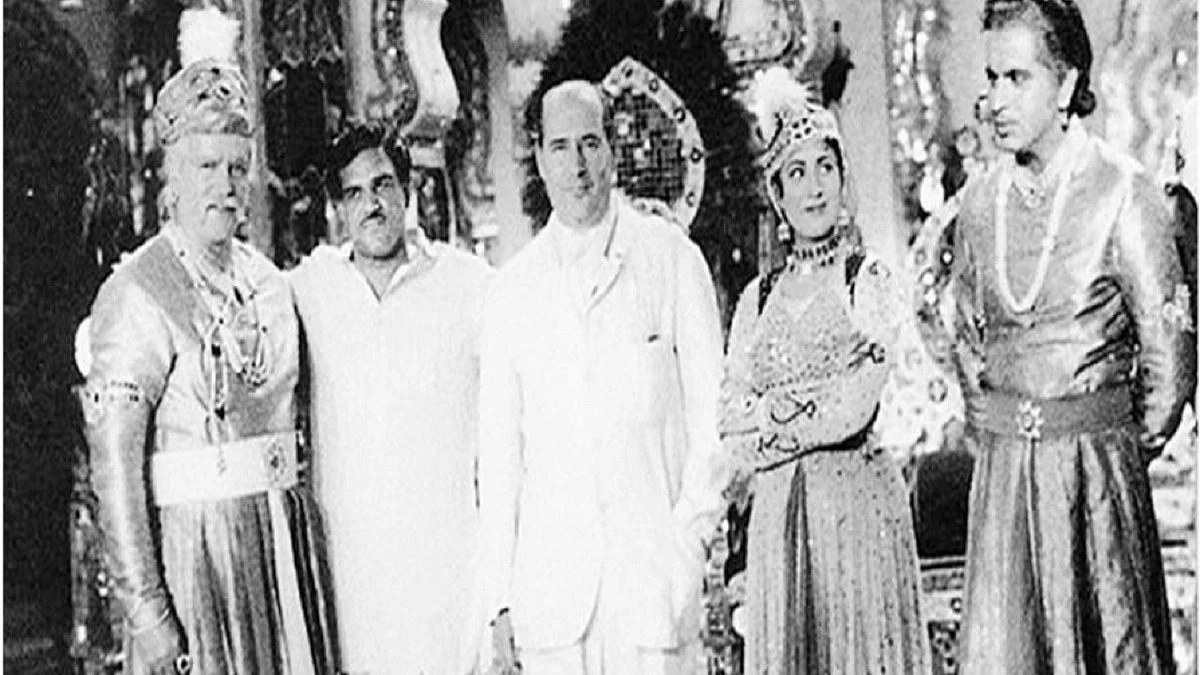Mughal-e-Azam is 63: 'Pyar Kiiya toh Darna Kya' has a new poignancy in the age of 'love jihad'
As 'Mughal-e-Azam' turns 63, Lata Mangeshkar looks back at a time when Bollywood—and the public—celebrated fearless interfaith love, Urdu ghazals and Mughal history

K Asif’s Mughal-e-Azam featured one of composer Naushad’s most accomplished musical scores of all time. The indomitable Lata Mangeshkar toplined the soundtrack with imperishable songs like 'Beqas pe Karam Kijiye', 'Mohe Panghat pe Nandlal', 'Mohabbat ki Jhoothi Kahaani pe Roye', 'Humein Kaash Tumse Mohabbat Na Hoti', 'Khuda Nigehban', and others.
But 'Pyar Kiiya toh Darna Kya' was the iconic one — and carries a particular poignancy in this age of persecution over supposed 'love jihads'.
There was a time when the sentiment of being fearlessly in love was welcome, however. Lata-ji recalls, “The response to this particular song was beyond anything we had imagined. Naushad-saab composed some other very beautiful songs for me in Mughal-e-Azam. We never knew 'Pyar Kiya toh Darna Kya' would become one of the film’s USPs. People went back to see the film over and over again for this song. They showered coins on the screen!”
When I told Lata-ji that her singing contributed 70 per cent of the success of 'Pyar Kiya toh Darna Kya', however, she disagreed: “I’d credit Madhubala’s beauty and dancing with its success as much as my singing, if not more.”
It is popular belief that to get the echo effect of the song, Naushad made Lata-ji sing in the bathroom of the recording studio!
Lata-ji debunked this myth.
“There is a false mythology surrounding my rendition of 'Pyar Kiya toh Darna Kya'," she says, "that Naushad-saab got the echo effect in the song by making me sing in the bathroom of the recording room. No such thing happened."
She adds, "In those days, when songs were recorded with a huge live orchestra, the studios were stuffy enough. Singing from the bathroom would have been impossible. [So] that’s all nonsense. We recorded the song like any normal song.”
Lata-ji is all praise for the composer though, for entirely other reasons. “I owe a lot to Naushad-saab. In terms of voice modulation and specially the pronunciation of Urdu words, he took keen interest in the way I sang and helped me through difficult ghazals like 'Uthaye Jaa Unke Sitam' in Andaz and 'Pyar Kiya Toh Darna Kya'.”
Yes, 60 years ago, India was a place where the public appreciated Urdu, and the artistes of Bollywood took pride in their rendition of ghazals in the language, of their work in a movie to do with the Mughal history and an inter-communal, extra-marital love, fearlessly celebrated. A far cry to nostalgia in our times—or is it a testament to our capacity for cognitive dissonance that we can still enjoy it in the age of stamping out 'love jihads'?
Follow us on: Facebook, Twitter, Google News, Instagram
Join our official telegram channel (@nationalherald) and stay updated with the latest headlines
